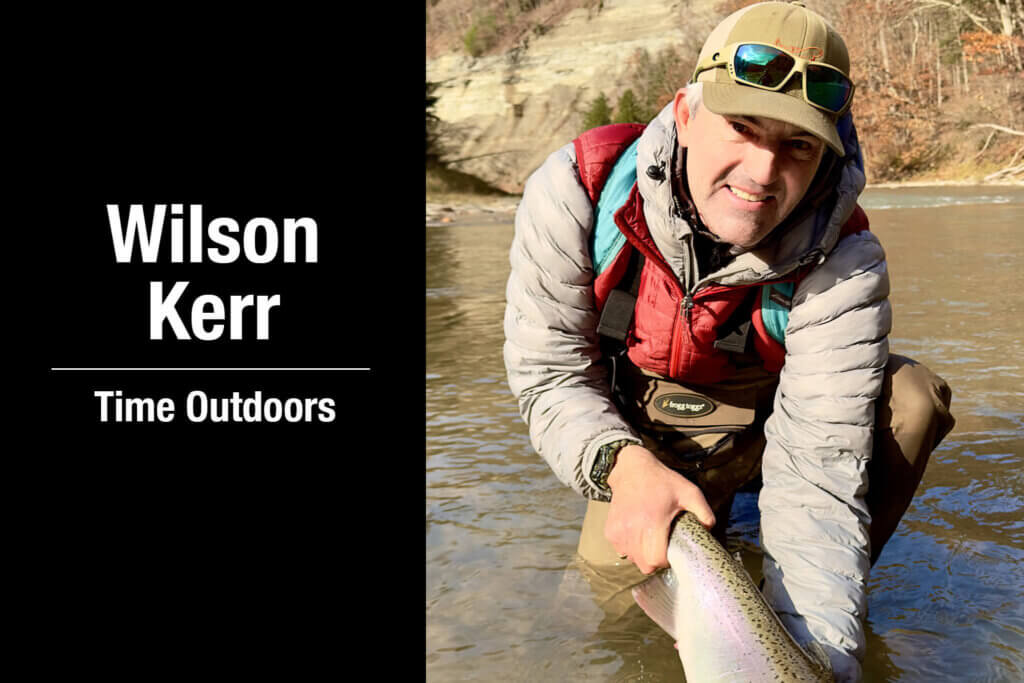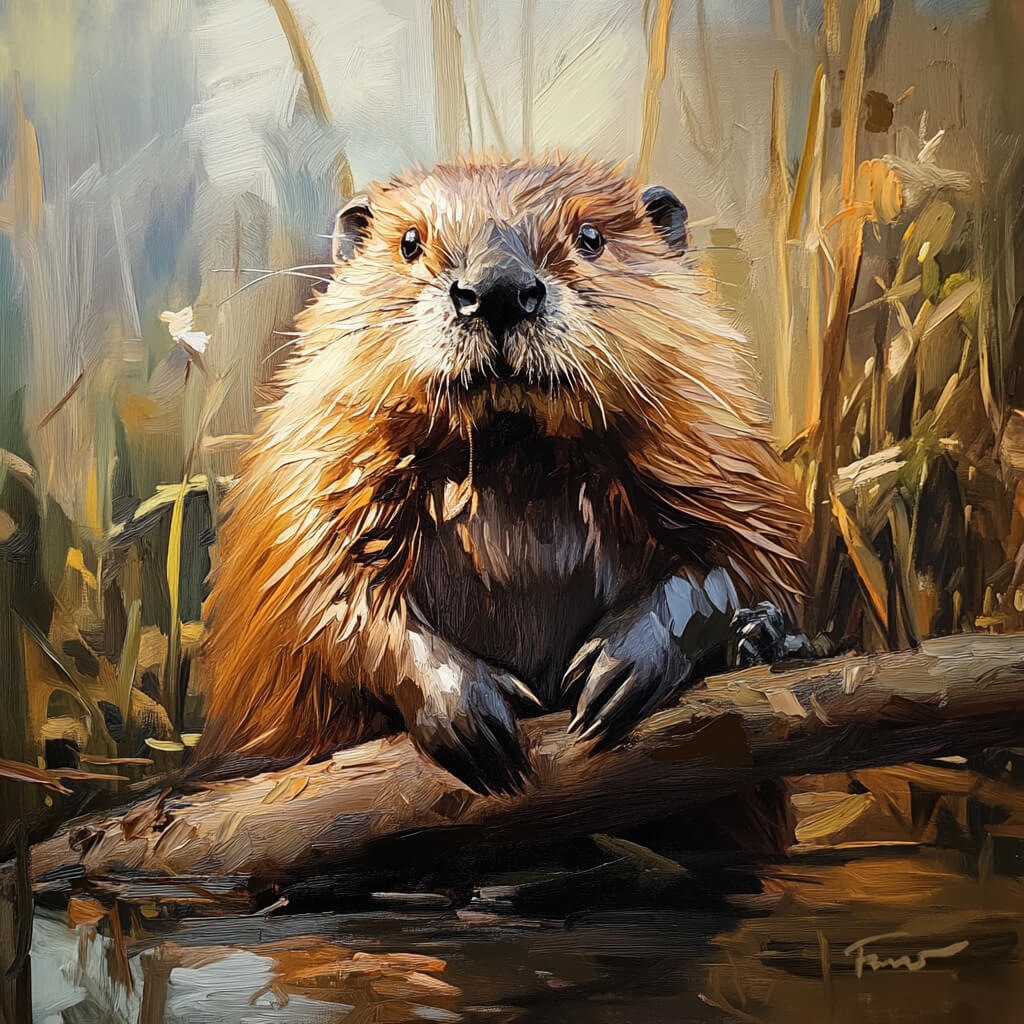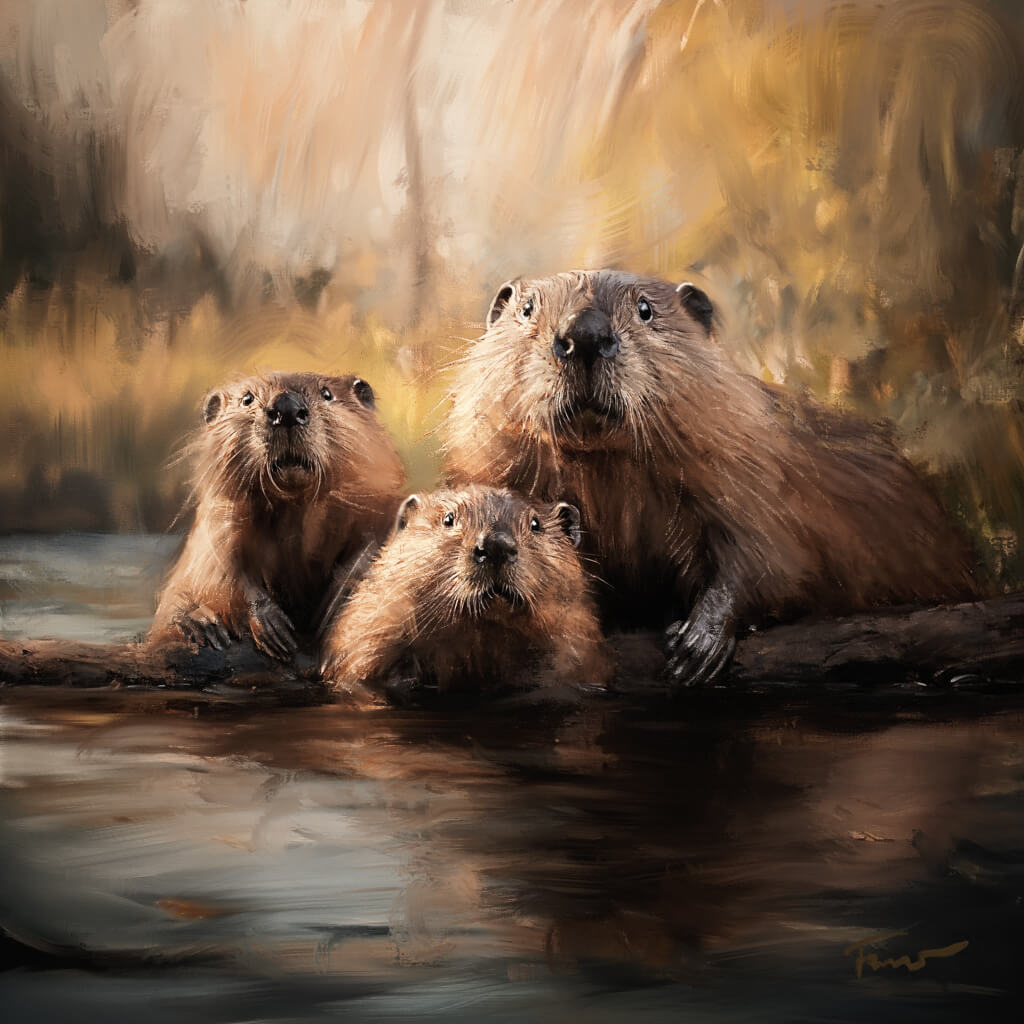By Wilson Kerr — Columnist
All species have a role to play in the natural order of things, and each plays a part no less important to the whole than the others. We humans have largely uncoupled ourselves from nature’s cause-and-effect, and this padding, this distance, can make it difficult for us to see and appreciate the complex relationships between animals and the land itself.

The benefits of some species to the landscape are understandably hard to fathom: the ecological upside of ticks and mosquitoes, for example. But some are easier.
Salmon runs allow bears and other predators to pack on calories, and they deposit tons of nutrients into the forests after the salmon spawn and die. Beach grass holds the dunes together, and mangrove swamps act as natural shock absorbers during hurricanes. Bees pollinate a high percentage of flowering plants, literally enabling life on Earth to exist. Earthworms till the soil, and lost acorns cached by bluejays become oaks.
As the chair of the Pond Committee at the Concord Rod & Gun Club, one of my responsibilities is to check the two outlets. Currently, beavers are hard at work trying to dam up the pond, and the amount of material they are piling up is staggering. Their labors got me thinking about their role in literally shaping the North American landscape.
A resurgent population
To understand this, we first have to appreciate that there were 400 million beavers on this continent just a few centuries ago. Due to unchecked trapping, they were driven nearly extinct by 1900. The effect of this decimation to fuel the fur trade was profound, and their partial recovery (back to 6-12 million today) and the resultant ecological improvements show us the importance of their role in nature. It’s hard to understate.
Biologists call beavers “ecosystem engineers.” By damming streams and rivers, they drown the trees and create an entirely new aquatic ecosystem. The ponds allow groundwater to soak in and replenish aquifers. By slowing stream and river flow rates, they limit erosion, and plants along the banks can absorb more water. These lush riparian corridors serve as a refuge for animals fleeing wildfires.
A staggering 70 to 80 percent of North American species rely on the wetlands, ponds, and rich streamside habitats that beavers help create at some point in their life cycle. Globally, beaver-created wetlands sequester more than 470,000 tons of carbon annually, and an increasing body of evidence suggests beavers can play a significant role in slowing climate change.
After the beavers die or move on, the dry, treeless meadows left behind are an entire biome in and of themselves. Meadowlarks would not exist without these open, grassy spaces, which also provide kestrels and hawks room to hunt and give deer and elk a place to browse. In this way, beavers are responsible for crafting the diverse “look and feel” of much of North America’s landscape.

Fun, furry facts
Beavers are mostly nocturnal and have thick brown fur, webbed feet, and a large, scaled tail they use for steering underwater and slapping the surface as an alarm signal. Highly social animals, they construct nearly impenetrable family “lodges” by weaving sticks and packing in a mortar of mud and plant fibers. As many people know, their large teeth grow constantly, meaning they must continually wear them down by cutting trees and stripping the bark, which they eat.
They mate for life, and females give birth to one to four “kits” in the spring. At 2 years old, the young strike out on their own. And they are big! The largest rodent species in North America, they can reach a whopping 80 pounds.
Over eons, these industrious animals have gone about their work felling trees, damming streams, flooding the forest, and creating ponds that later become meadows. Literally thousands of species have evolved to depend on their continuing to do so.
Thankfully, beavers are making a comeback in New England, and with their return, the benefits to the ecosystem are returning as well. I hope you appreciate them a bit more and that you will spend some Time Outdoors with your family this November. I’ll be up at the club with my shovel!
Wilson Kerr lives in Concord and is an avid outdoorsman and amateur naturalist. This monthly column is written to help grow awareness of the wonders of nature. In this increasingly fast-paced and technology-packed world, it is important to stop and take in the beauty of our area and the animals that inhabit it. The author hopes this column will be read by families and used as a teaching tool and that you will spend more … Time Outdoors.



